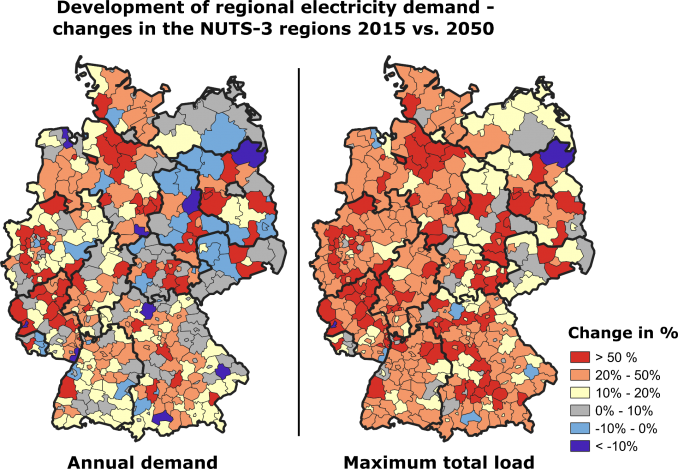FORECAST/eLOAD
-
07.08.2020 Industrial excess heat for district heating: Database shows great potential for supplying households
Excess heat from energy-intensive industries is often suitable for use in district heating systems but is usually unutilized. A detailed overview of the potentials available in the EU is now provided by a database of the sEEnergies project. In Germany, 29 petajoules of excess heat from industrial sites could be used, which corresponds to the demand of more than half a million households. The information is available as maps and downloadable datasets.
Final Workshop of the BMWi-funded Research Project "AVerS"
02.08.2019
The final workshop of the BMWi-funded research project "AVerS" took place on 8 July 2019 in Stuttgart. In the project, dealing with the topic of security of supply in Southern Germany, Fraunhofer ISI provided in-depth electricity demand scenarios and demand response potentials with a high temporal and spatial resolution.
The final
workshop of the BMWi-funded research project "AVerS" took place on 8
July 2019 in Stuttgart.
In this
context, the project partners KIT, TU Dresden, Fraunhofer ISI and ESA² GmbH
presented their results on long-term security of supply in Southern Germany to
the public.
Four
specialized models were coupled in the project: The bottom-up demand simulation
model FORECAST, the model eLOAD converting the annual demand into an hourly
system load, the market model PowerACE (KIT, Karlsruhe) as well as the
transmission grid model ELMOD (TU Dresden).
With regard
to the effects on security of supply, three different mechanisms were examined:
a division of the German price zone, the introduction of a capacity mechanism
and the increased use of demand flexibility.
Fraunhofer
ISI focused on the calculation of an ambitious GHG reduction scenario, in
particular taking into account innovative production processes in energy
intensive industries. The annual and hourly electricity demand were modelled at
NUTS-3 level to consider local effects of the transformation of the energy
system and local demand response potentials.
Results of the project can be found here.


© 2024 Fraunhofer ISI | Publishing Notes | Data Protection


